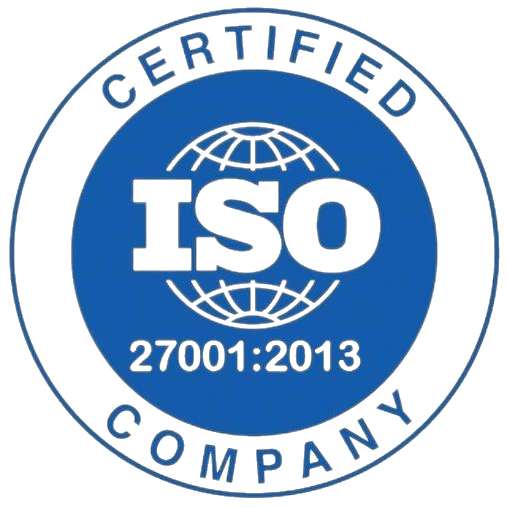Meet us at

on 3rd & 4th October







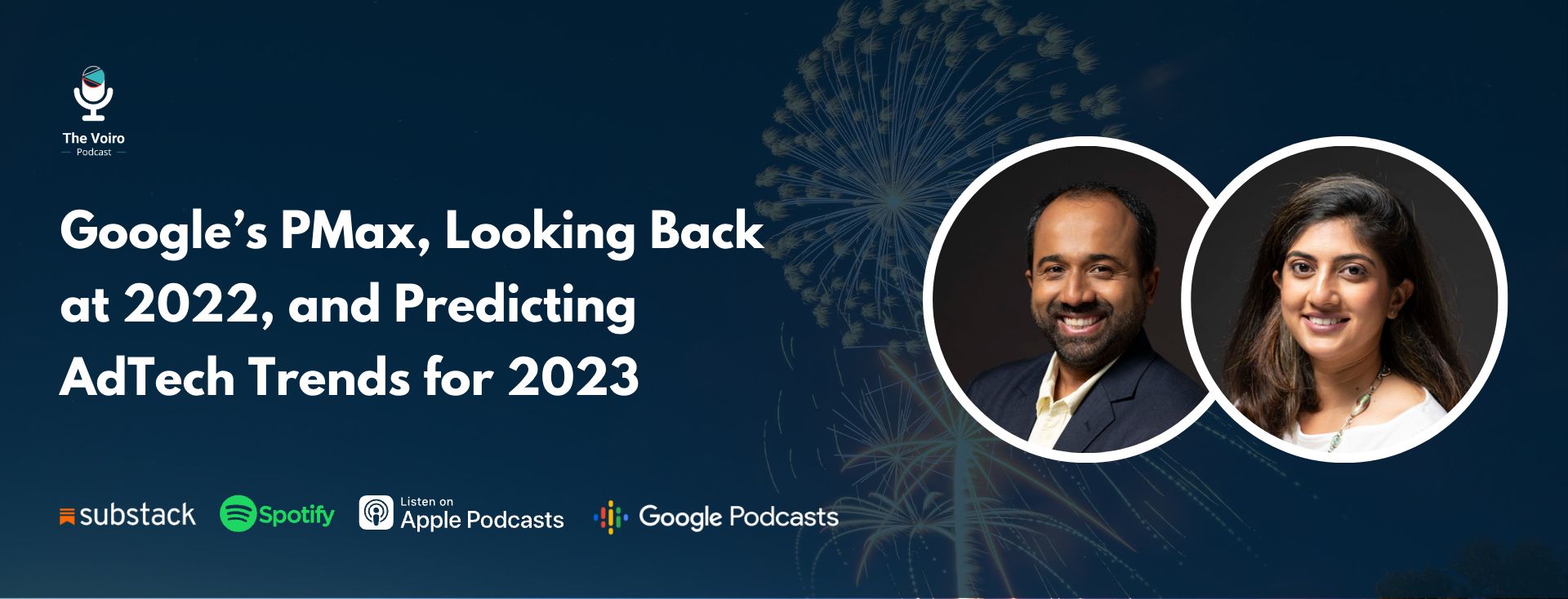
🎧 Spotify: https://spoti.fi/3HUBBbO
🎧 Apple podcast: https://apple.co/3HTE7z3
🎧 Google Podcast: http://bit.ly/3PQ47xl
🎧 Amazon Music: https://amzn.to/3HTDrK1
If we had to summarise the vibe for the Adtech Industry in 2023, it would be “cautiously optimistic.” After dismal earnings reports in the last quarter of the previous year, each one of the tech giants has gone back to the blackboard to either refocus on areas that truly matter or completely reinvent the wheel.
While Netflix and Apple changed their stance on ads, Microsoft is steadily and surely focussing on grabbing a bigger share of its customer’s living rooms.
Anand Gopal and Kavita Shenoy break down the key trends impacting the AdTech industry in 2023 and how content creators and advertisers can win as they face the winds of change. Read on.
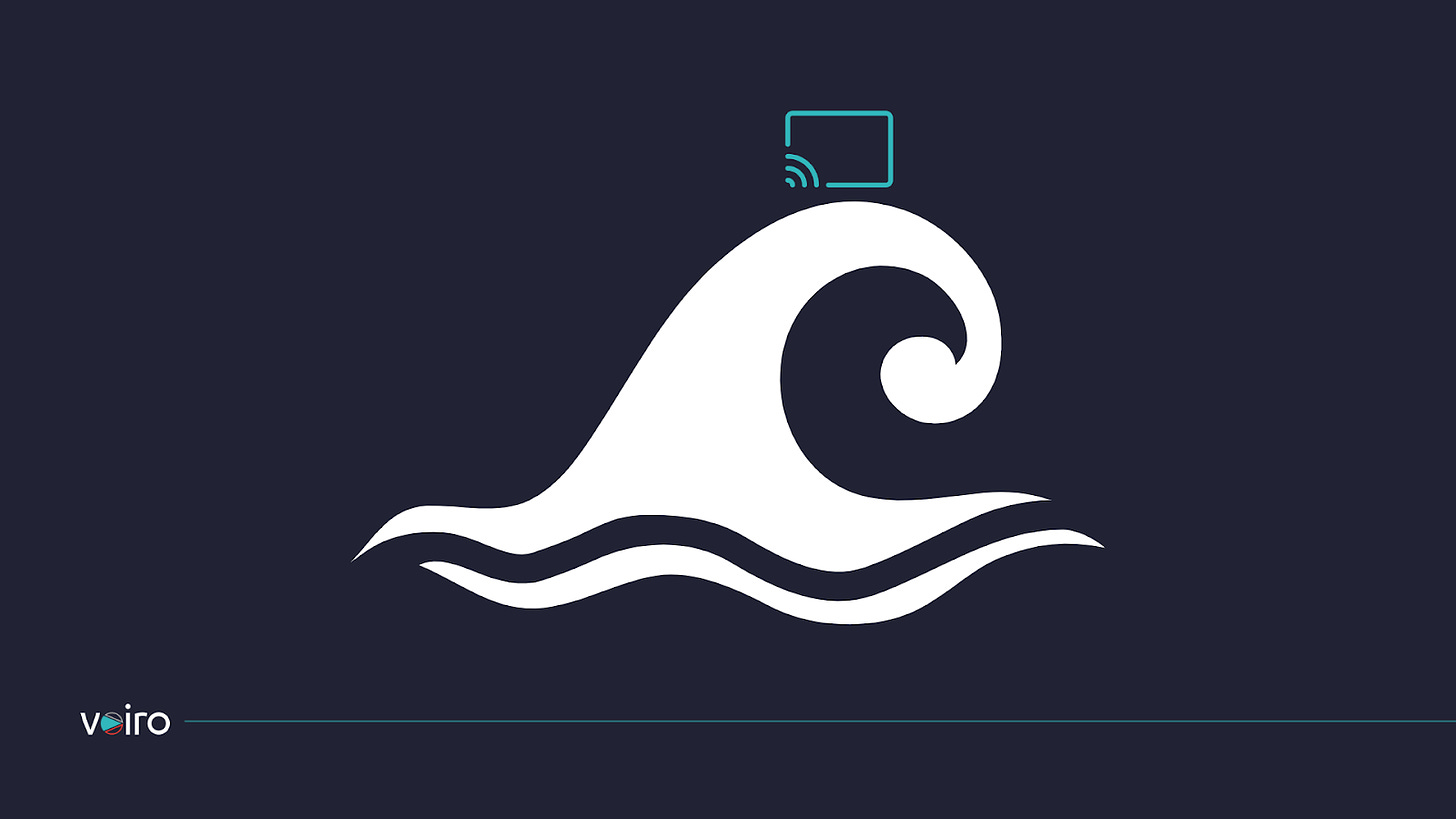
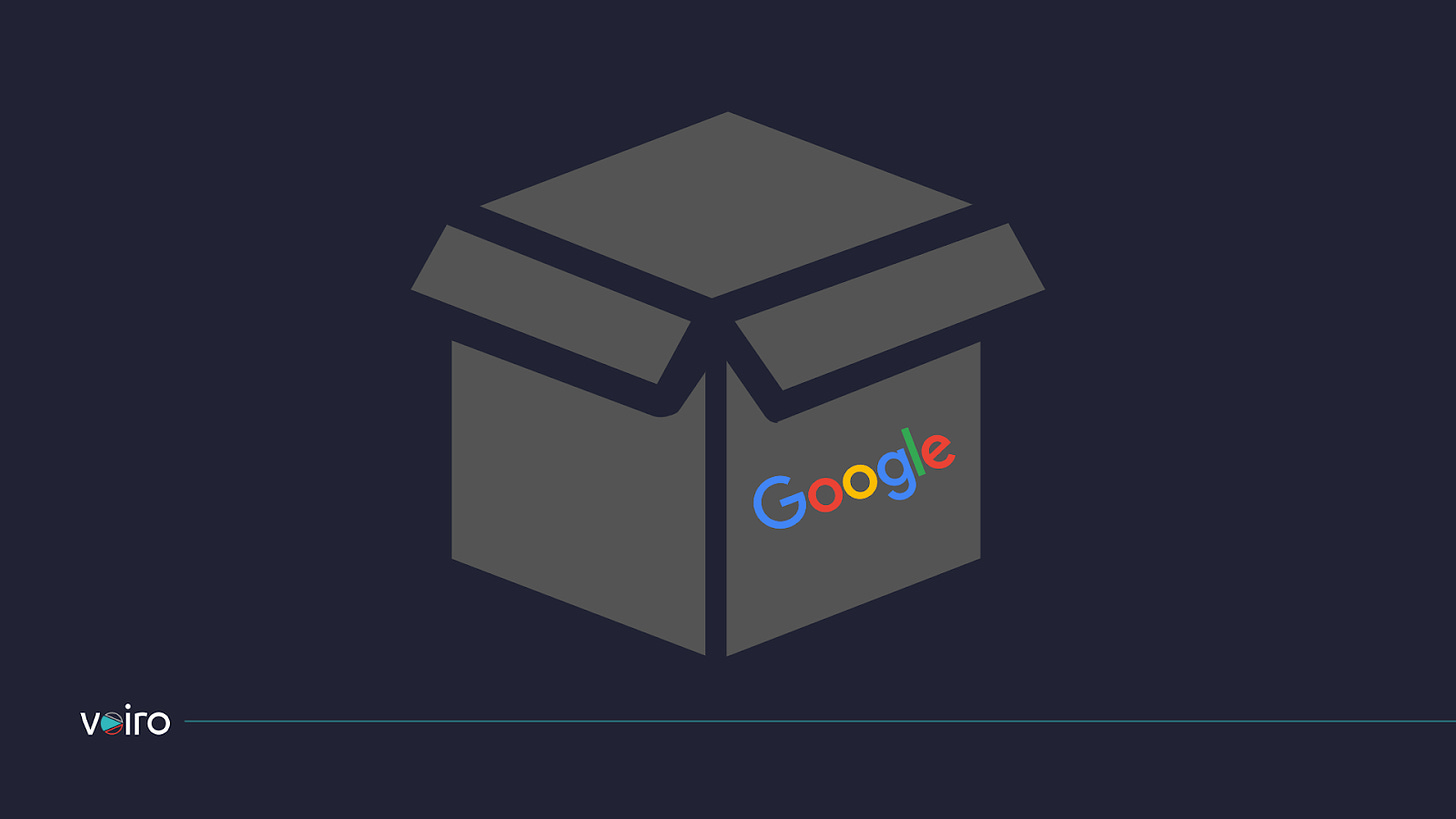
Apple has downplayed its foray into ads but it made enough of a splash to make the industry sit and take notice. According to Evan Shapiro, “Apple will use 2023 to pivot, hard, to Ads, Sports, Music, and their big Bundle: Apple One.” Apple One may just be a money spinner for the tech giant, similar to what Prime is for Amazon.
© 2024 Voiro. All rights reserved
